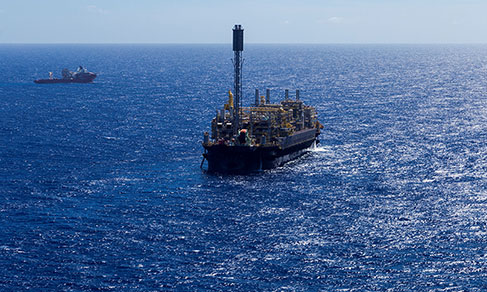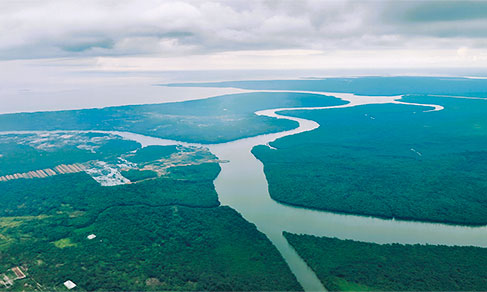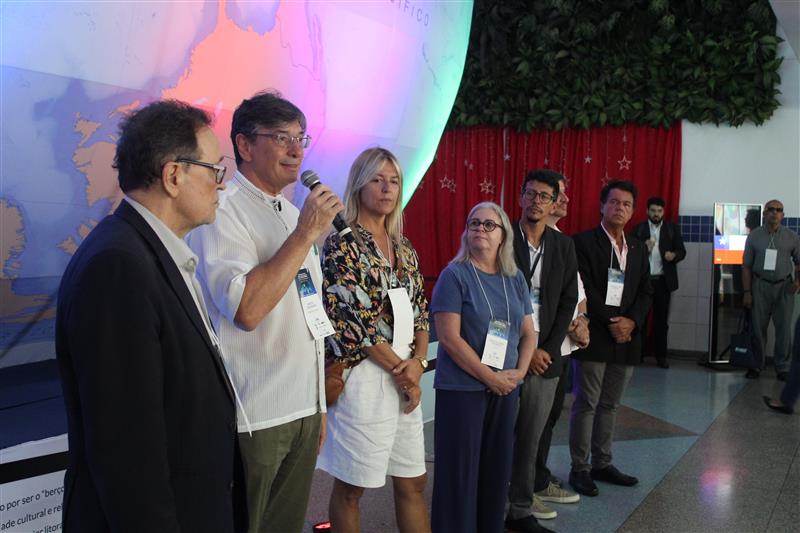PIM Regional
Industrial production declines in fourteen of the 15 places surveyed in July compared to June
September 13, 2023 09h00 AM | Last Updated: September 15, 2023 01h03 PM

From June to July, Brazilian industrial production fell 0.6%, with falls in fourteen of the 15 places surveyed by the Regional Monthly Survey of Industry (PIM). The biggest drops were in Amazonas (-8.8%), Bahia (-6.0%) and Pará (-4.4%), while São Paulo, the country's largest industrial park, changed -0.5%. On the other hand, the only increase in monthly production was in Ceará (1.2%). In comparison with July 2022, the industry fell 1.1% and negative rates were observed in eleven of the 18 places surveyed. The cumulative result over 12 months showed no change (0.0%), with nine of the 15 areas analyzed showing negative results. The data was released today (13) by IBGE.
In April, the results of the Regional PIM were released for the first time after the updates to the sample selection of companies, local brnaches and list of products, in addition to the inclusion of three new locations: Rio Grande do Norte, Maranhão and Mato Grosso do Sul, totaling 18 locations. For new locations there is still no information on month-on-month.
"A loss of pace was noticed in the national industry as a whole, which can be observed since March, when it reached growth of 1.1%. This can be explained by the current situation, by the interest rate that is still at a high level, which puts pressure on the line of credit available for investment. This directly affects the production chain, decision-making by producers, as investment becomes more expensive. This also applies to regional results, with a widespread scenario of negative results in 14 of the 15 locations surveyed”, assesses survey analyst Bernardo Almeida.
In regional terms, the biggest drop was in Amazonas (-8.8%), which also had the greatest influence on the national result. This was the biggest drop in the state since April 2023, when it presented a rate of -14.7%.
“The result in Amazonas was influenced by a low performance in the computer equipment, electronic and optical products sectors and also by the beverage sector, which are two very influential sectors in the local industry. It is important to highlight that this month's rate of -8.8% is the second negative rate in a row, after registering a drop of 5.1% in June, and it intensifies the downward trend in the region”, analyzes Mr. Almeida.
The second biggest drop (-6.0%) and the second negative influence was observed in the state of Bahia. “The sectors of food, basic metals and chemicals were those that most influenced this result of the industry in Bahia. This was the most intense negative rate for Bahia since October last year, when it fell 9.5%”, highlights the analyst.
The third and fourth biggest influences in the month were the states of São Paulo (-0.5%) and Pará (-4.4%). Mr. Almeida reinforces that, in the case of São Paulo's industry, the largest industrial park in the country, the result means the second consecutive negative rate, accumulating a loss of 3.1%. “The result was influenced by machinery and equipment, other transportation equipment and motor vehicles. São Paulo, with this result, is 3.3% below the pre-pandemic level of February 2020, and is also 25.0% below its highest production level, reached in March 2011. The industry in Pará accumulated a loss of 5.7% in two consecutive months of reduction in production”, explained Mr. Bernardo.
The state of Ceará presented the only positive result in the month, with an increase of 1.2%, which mitigates the 6.0% drop observed in the previous month. The sectors of leather goods, travel items and footwear, basic metals and fabricated metal products were mainly responsible for the results of the industry in Ceará.
Industry declines in eleven of 18 places in the year-on-year comparison
Compared to July 2022, the 1.1% reduction in July 2023 was seen in eleven of the 18 areas surveyed. Amazonas (-11.1%) and Mato Grosso do Sul (-11.1%) recorded the most intense declines, while Rio Grande do Norte (50.7%) and Espírito Santo (31.7%) recorded sharper advances in this indicator.
In Rio Grande do Norte, the great advance can be explained by the low basis of comparison, as well as the positive behavior of coke, petroleum products and biofuels (diesel fuel, fuel oils and aviation kerosene). In Espírito Santo, in addition to having a low basis for comparison, there was influence from the mining and quarrying industries (crude petroleum oils, pelletized or sintered iron ores and natural gas).
On the other hand, the drop in the indicator for the state of Amazonas can be explained by the negative behavior observed in the sectors of IT equipment, electronic and optical products (memory units, cell phones, printed circuit boards assembled for computing and ATMs) and beverages (syrup drink preparations for industrial purposes). In Mato Grosso do Sul, there was a greater negative influence from the sectors of pulp, paper and paper products (pulp) and coke, petroleum products and biofuels (ethyl alcohol) in the second.
More about the survey
Since the 1970s, PIM Regional has been producing short-term indicators relating to the behavior of the real product of mining and quarrying and manufacturing industries. It brings, monthly, indices for 17 Federation Units, whose participation is at least 0.5% in the total value of national industrial transformation, and for the Northeast as a whole: Amazonas, Pará, Maranhão, Ceará, Rio Grande do Norte, Pernambuco, Bahia, Minas Gerais, Espírito Santo, Rio de Janeiro, São Paulo, Paraná, Santa Catarina, Rio Grande do Sul, Mato Grosso do Sul, Mato Grosso, Goiásand \Northeast Region.
The survey results can also be consulted in Sidra, the IBGE database. The next release of the Regional PIM, for the month of August, is scheduled for October 10th.




















